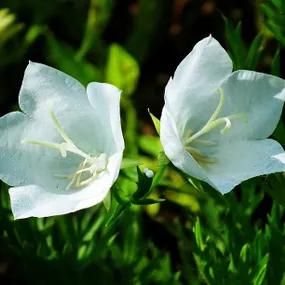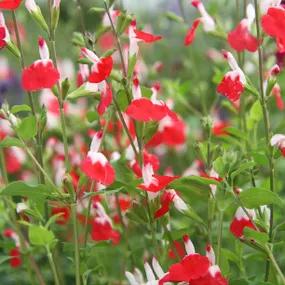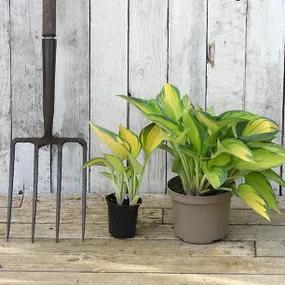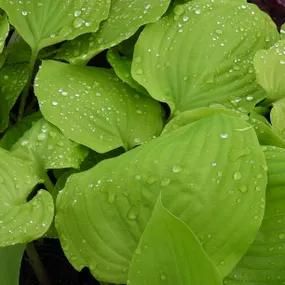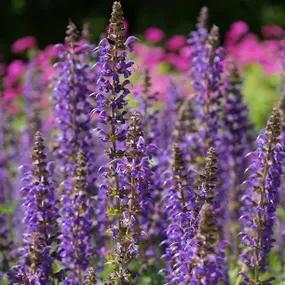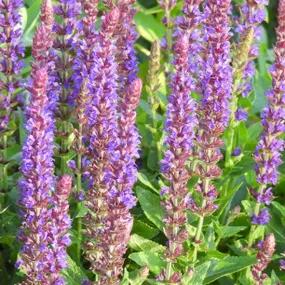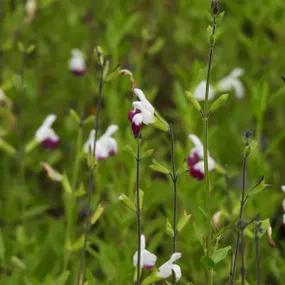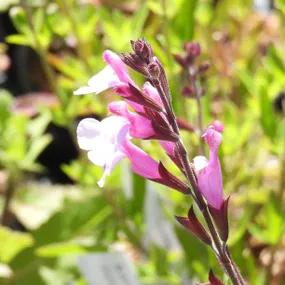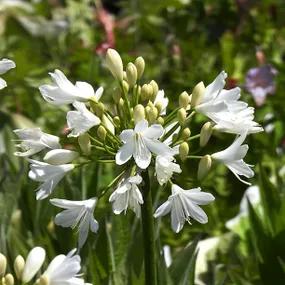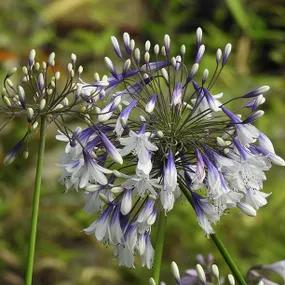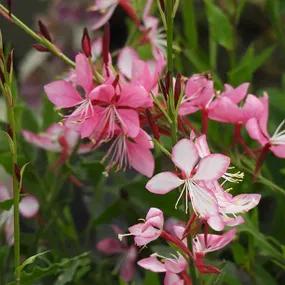Order Perennial Plants Now For August Delivery
- Order now, pay later: we don't charge your card until before delivery
- When your order is ready: your mail order hedge plants are delivered by next working day courier (not the next working day after ordering!)
- Friendly support: if there is anything wrong with your plants when you inspect them, Contact Us within 5 working days
- UK Grown: using peat free compost
FAQ
- What are perennial plants?
- When is the best time to plant perennials, and what is "half-hardy"?
- When & How to Divide Herbaceous Perennial Clumps
Which perennials should I choose?
Our herbaceous perennial collections of eight plants give you a bit of a surprise, the best value, and are tailored to fill a number of garden design roles.
Agapanthus and heucheras are both bushy evergreens, the former is less hardy and has showier flowers, the latter is hardier with nicer leaves.
Salvia is a flexible, tough plant that loves poor dry-ish soil and is superb for bringing in the bees and butterflies.
Hostas are reliable and versatile, crossing between dry shade and wet soil in full sun.




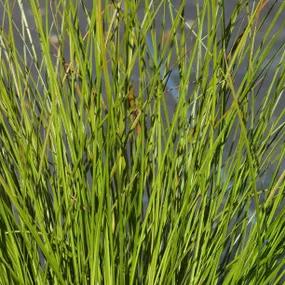
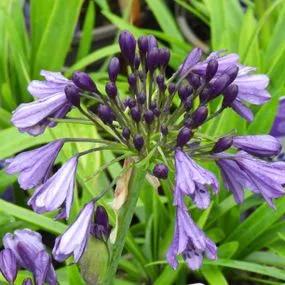
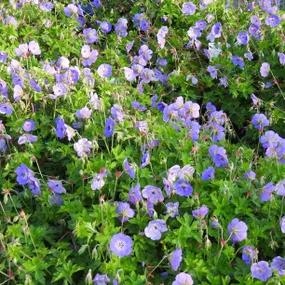
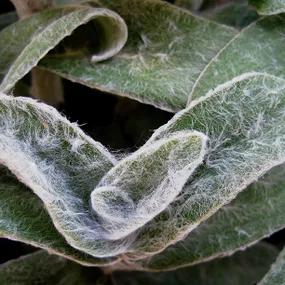
 Hero Img.webp)
